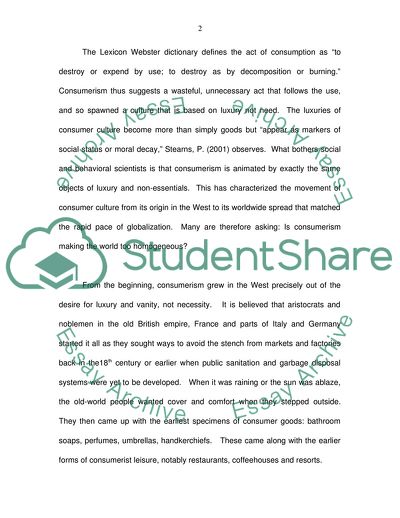Cite this document
(Consumer Culture: Is It Making the World Too Homogeneous Term Paper, n.d.)
Consumer Culture: Is It Making the World Too Homogeneous Term Paper. https://studentshare.org/marketing/1704286-consumer-culture-is-a-global-culture-of-homegeneous-commodities-and-homogeneous-consumers
Consumer Culture: Is It Making the World Too Homogeneous Term Paper. https://studentshare.org/marketing/1704286-consumer-culture-is-a-global-culture-of-homegeneous-commodities-and-homogeneous-consumers
(Consumer Culture: Is It Making the World Too Homogeneous Term Paper)
Consumer Culture: Is It Making the World Too Homogeneous Term Paper. https://studentshare.org/marketing/1704286-consumer-culture-is-a-global-culture-of-homegeneous-commodities-and-homogeneous-consumers.
Consumer Culture: Is It Making the World Too Homogeneous Term Paper. https://studentshare.org/marketing/1704286-consumer-culture-is-a-global-culture-of-homegeneous-commodities-and-homogeneous-consumers.
“Consumer Culture: Is It Making the World Too Homogeneous Term Paper”. https://studentshare.org/marketing/1704286-consumer-culture-is-a-global-culture-of-homegeneous-commodities-and-homogeneous-consumers.


